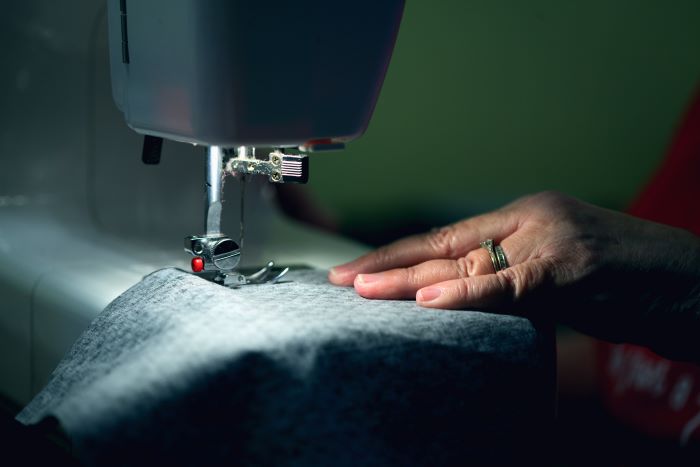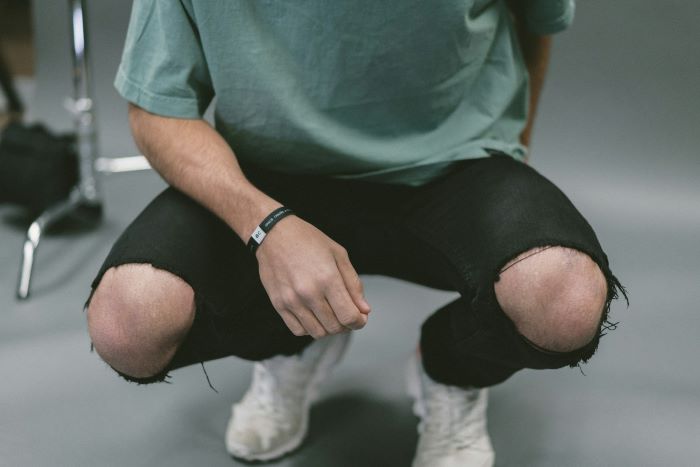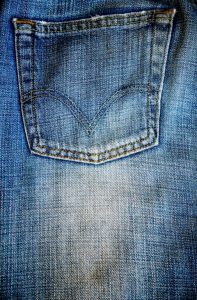Lifestyle
Repairing Damaged Clothing: A Guide

These days, it’s easier than ever before to replace damaged clothing. With a few clicks, you can have a replacement delivered to your door in just a day or two. With such convenience, many of us have forgotten how to repair damaged clothing.
However, there are many benefits to fixing instead of replacing clothes — you’ll save money, reduce your carbon footprint, and learn a useful new skill. You may even be able to alter your clothes to your specific tastes.
Here are a few common types of damage to clothing that you can repair yourself.
Fabric tears and holes

Source: Unsplash
Tears and holes in fabric can be caused by everyday wear and tear, accidents, or even from moths (who are attracted to fibers like wool and silk). The most common way to fix fabric tears and holes is by sewing. Using a needle and thread that matches the fabric’s color, stitch along the tear, keeping both ends tightly secured.
For larger holes, you can use patches — cut a piece of fabric slightly larger than the hole, place it behind the hole, and sew around the edges. For small holes in socks, try darning. To darn socks, weave over any holes with a needle and thread to create a sturdy “patch”.
You can also use fabric glue to fix tears and holes. Just apply a small amount of glue to the damaged area and to a patch, press firmly, and allow to dry. For best results, follow the fabric glue manufacturer’s instructions. If in doubt, test the glue on a small, inconspicuous area first.
Damaged hems
Hems of pants, dresses, jackets, and other clothing items are very susceptible to wear and tear, snagging, or damage from washing. They often become frayed, unraveled, or even torn. A “blanket stitch” can fix many types of hem damage.
To blanket stitch a hem, begin by threading a needle and knotting the thread. Starting at the hem’s right edge, pull a couple of threads through from the same level as the hem’s top, securing the thread in place. Moving left (approximately a quarter of an inch) and down with the needle, stitch through the top layer of fabric, so that the needle is between each layer. Pass the needle through the thread loop and pull to finish the stitch. Repeat this process as many times as needed, then knot the thread and trim off any excess.
Broken straps
Straps, such as the ones on dresses and tops, can break due to strain, wear, or accidents. Thankfully, they aren’t usually too difficult to fix. Start by securing your thread with a knot, and stitch through the garment’s inside, towards the seam. Loop the thread through the material and the strap’s circle (usually metal or plastic), then weave horizontally, alternating up and down. Once the strap is secure, tie off the thread securely.
Stains

Source: Unsplash
Stains are an inevitable part of life, but luckily they don’t have to be permanent. Some of the most common stains on clothing include food and drink, grease, grass, and ink.
For coffee or wine stains, act immediately. Blot the stain with a mixture of dish soap and water before laundering the clothing. This method also works well for grease stains. Grass stains may be slightly trickier — try applying a paste of baking soda and water to the stain and letting it sit before washing as usual. Ink stains are notoriously difficult, but can respond to rubbing alcohol or white vinegar applied directly.
When choosing the best solution, consider the type of fabric. Delicate fabrics like silk or wool may require gentler methods, like blotting with a mild detergent or white vinegar. With sturdier fabrics like cotton or polyester, you can be more aggressive in your approach if needed. Remember to spot test any cleaning solution first to make sure it won’t cause further damage.
Broken zippers
Zippers can break if the slider gets stuck, a tooth breaks, or a pull tab detaches. A stuck slider can often be maneuvered back into place with your fingers or a set of pliers. If the pull tab has become detached, simply attach a new one using pliers. However, if a tooth is broken, you may need to replace the zipper.
When damages can’t be fixed
Unfortunately, some damages to clothing are irreversible. These include extensive fading beyond restoration, fabric tears or holes that are severe enough to compromise the garment’s integrity, and significant shrinking or stretching of clothing. In serious cases like these, repairing the clothing may be your only option. However, less severe types of damage like the ones listed earlier can be fixed yourself, saving you the money and hassle of replacing clothing.


















































